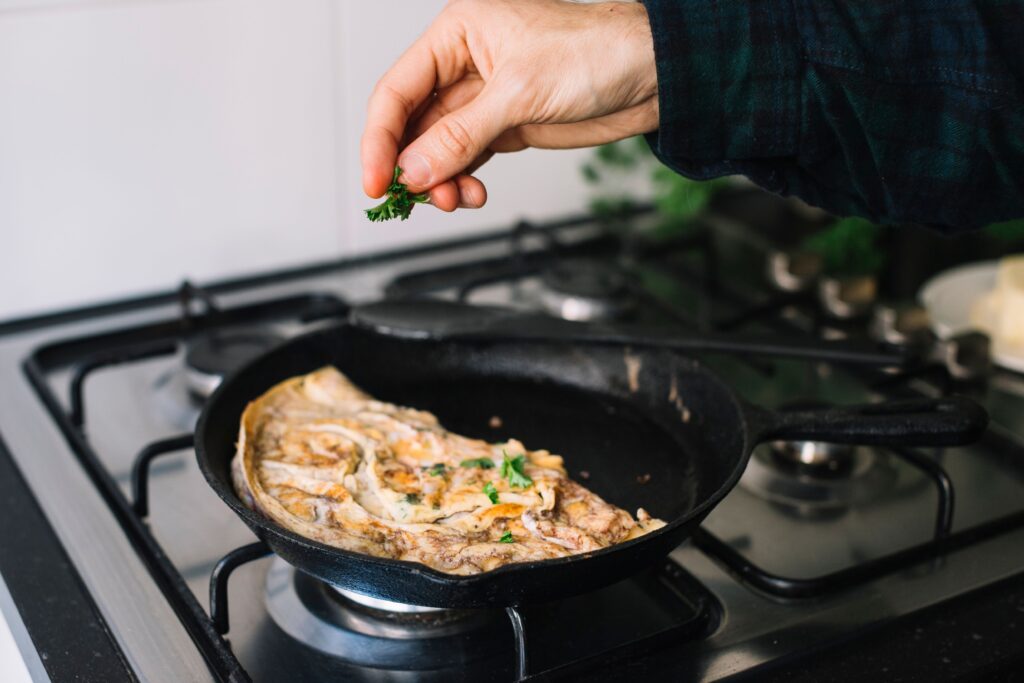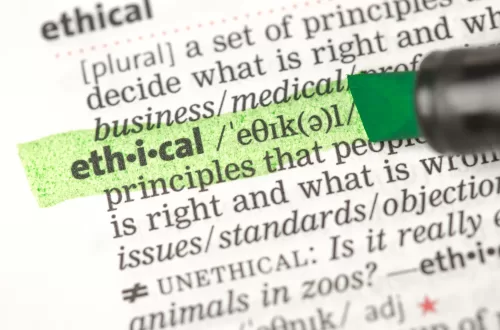Cast Iron Cooking: A Historic Tradition for Modern Kitchens
Ah, the humble yet mighty cast iron skillet – a kitchen essential that’s been passed down through generations like a treasured family heirloom. When it comes to cooking, I firmly believe that everything tastes better when sizzling in the embrace of this trusty kitchen companion. So, grab your apron and join me on a culinary adventure as we explore the tantalizing benefits of cooking with cast iron.
From crispy fried chicken to gooey skillet brownies, there’s no limit to what you can create with this versatile cookware. So, let’s dive into the world of searing, sautéing, and seasoning our way to deliciousness!

Historical roots of cast iron cookware
As I seasoned my trusty cast iron skillet for the umpteenth time, I couldn’t help but wonder about its ancient roots. Cast iron cookware has a rich history dating back to ancient China where the first cast iron artifacts were discovered. The Chinese were pioneers in perfecting the art of casting iron, creating durable pots and pans that would stand the test of time.
Fast forward to the Middle Ages in Europe, where cast iron cookware became a staple in every kitchen. The versatility and durability of these heavy-duty pots and pans made them essential for cooking over an open flame or on a hearth. Cast iron cooking quickly became synonymous with hearty meals and robust flavors that continue to be celebrated today.
Delving into the historical roots of cast iron cookware offers a glimpse into how this humble material has shaped culinary traditions worldwide. From its origins in ancient China to becoming a kitchen essential in medieval Europe, cast iron cookware has truly stood the test of time, proving that old-fashioned durability never goes out of style. Next time you pull out your well-seasoned skillet, remember that you’re not just cooking – you’re carrying on a culinary legacy centuries in the making.
Benefits of cooking with cast iron
When it comes to cooking with cast iron, I can’t help but get excited about the unique benefits it offers. Not only does it provide even heat distribution for perfectly cooked meals, but it also adds a rustic charm to your kitchen. The best part? Cast iron pans are incredibly versatile – you can use them on the stovetop, in the oven, and even over a campfire. Plus, they last a lifetime if properly cared for, making them a sustainable choice for eco-conscious cooks.
One underrated advantage of cooking with cast iron is its ability to impart a subtle flavor to your dishes. The seasoning that builds up over time creates a natural non-stick surface that enhances the taste of whatever you’re cooking. And let’s not forget about the health benefits – using cast iron cookware can actually increase your iron intake, especially when cooking acidic foods like tomatoes or citrus fruits. So next time you’re in the kitchen, consider reaching for that trusty cast iron pan and enjoy all these amazing benefits while whipping up your favorite meals.
Care and maintenance of cast iron
As someone who has a deep love for cast iron cooking, I’ve picked up a few tricks over the years on how to properly care for these trusty kitchen companions. One important thing to remember is to avoid using soap when cleaning your cast iron pans – instead, simply scrub with hot water and a stiff brush. After drying thoroughly, it’s crucial to season your pan regularly with a thin layer of oil to keep it in top condition.
When it comes to storage, I’ve found that stacking cast iron pans can lead to scratches and damage. Instead, consider hanging them up or placing a paper towel between each pan for protection. Lastly, don’t be afraid of some wear and tear on your cast iron – it adds character and shows that you’ve put in the hours creating delicious meals. With proper care and maintenance, your cast iron cookware can last for generations.
Seasoning and cleaning tips
Now, let’s talk about seasoning your trusty cast iron skillet. Some say it’s a labor of love, but I like to think of it as a form of pampering for that loyal kitchen companion. Before you start the seasoning process, make sure to give your skillet a good scrub with hot soapy water and dry it thoroughly. Then, apply a thin layer of oil all over the skillet, inside and out, before popping it in the oven upside down at 375°F for an hour. Trust me, your efforts will pay off when you see that beautiful glossy finish on your cast iron.
Cleaning up after a delicious meal can be quite daunting sometimes, especially when dealing with sticky residue or burnt bits. Fear not! One handy trick is to sprinkle some coarse salt on the stubborn spots and scrub them away with a paper towel or brush. For those hard-to-reach corners, try using a mixture of baking soda and water to create a paste for deep cleaning action. Remember to always dry your cast iron completely after cleaning to prevent any rust from forming.
As seasoned chefs know (pun intended), proper care and maintenance are key to keeping our kitchen tools in top shape for many years of culinary adventures. So go ahead, show some love to your cast iron cookware with these nifty tips and watch them shine like new every time you use them!
Tips for the beginner to cast iron cooking
When it comes to cast iron cooking, my number one tip for beginners is to embrace the seasoning process. Don’t rush it! Let your pan build up that beautiful natural non-stick surface over time. Another important tip is to always preheat your cast iron before adding any ingredients. This helps with even heating and prevents food from sticking.
I also recommend using the right tools for cleaning your cast iron cookware. Skip the harsh soaps and metal scrubbers, opt for a gentle brush and hot water instead. And lastly, don’t be afraid to experiment with different recipes in your cast iron pan. From searing steaks to baking cakes, you’ll be amazed at the versatile dishes you can create with this kitchen essential.
Final Thoughts on embracing tradition in modern kitchens
As a self-proclaimed food enthusiast, I have found that embracing tradition in modern kitchens is like adding a pinch of nostalgia to your culinary creations. One of my favorite traditional cooking methods is using cast iron cookware. There’s just something magical about the way cast iron pans heat evenly and retain flavors, making every dish feel like a labor of love passed down through generations.
I’ve discovered that incorporating traditional cooking techniques not only adds depth and authenticity to my meals but also helps me connect with the rich history of food culture. The satisfying sizzle of food hitting a hot cast iron skillet brings me back to simpler times when recipes were handed down from grandmothers and secret ingredients were whispered between friends. Embracing tradition in my modern kitchen has not only elevated my cooking skills but has also deepened my appreciation for the artistry and heritage behind each dish.






